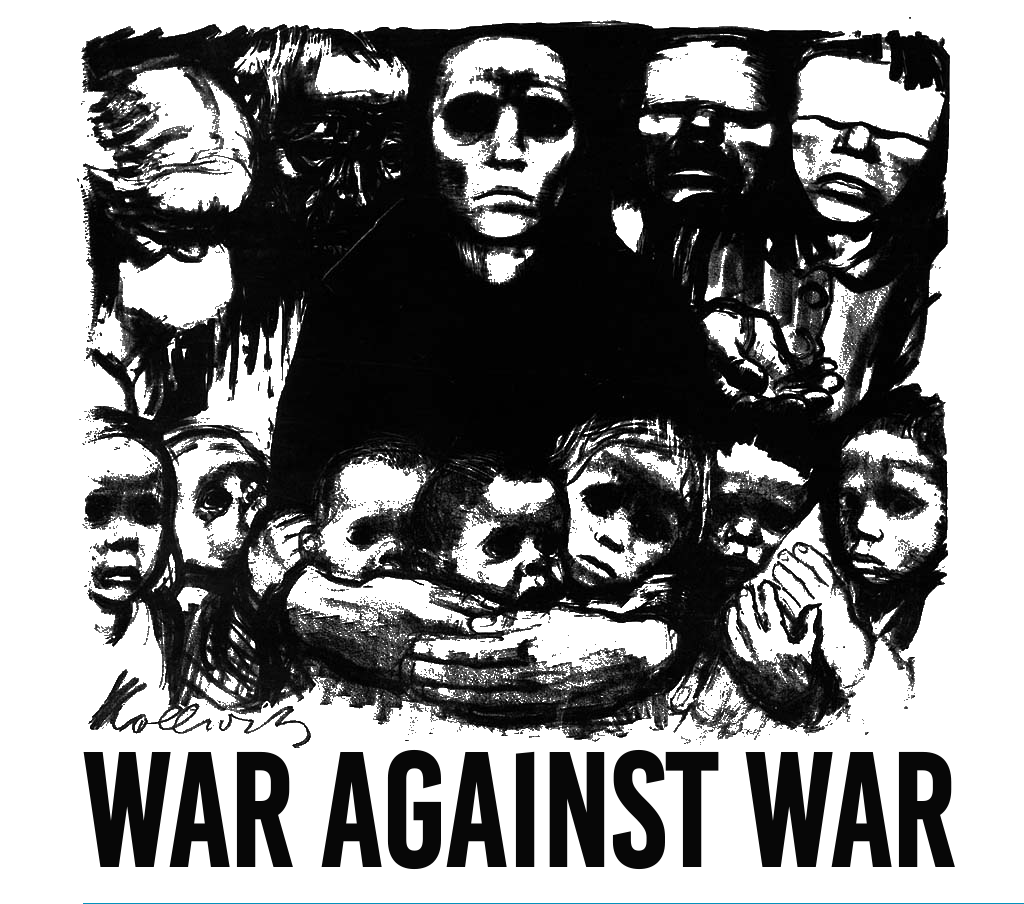This article tests whether social distance between the military and society leads soldiers to refrain from violence against protesters, and how that expectation affects the regime’s decision of whether to deploy the military in the first place. In contrast with previous research that primarily examined aggregated protest campaigns and often in geographically limited samples, this study is conducted at the micro-level using daily event data. It employs the Integrated Crisis Early Warning System dataset to identify more than 36,000 protest-day events in 168 countries between 1997 and 2015, coding whether and how soldiers responded. In addition, this study also demonstrates theoretically and empirically the need to differentiate conscription from the military participation rate as measures of social distance. Contrary to expectations, it does not find evidence that conscription results in a lower likelihood of violence or deters the regime from deploying soldiers to put down protests, and it finds only weak evidence that higher military participation rate results in a lower likelihood of violence. It also finds that conscription increases rather than decreases the likelihood of soldiers being deployed against protests.
This was originally published on SAGE Publications Ltd: Journal of Peace Research: Table of Contents.
